Wedding Planning Made Simple: Tips, Costs, and Etiquette
Planning a wedding can feel like juggling a thousand tiny details, but it doesn’t have to be a nightmare. Start by writing down the biggest priorities – venue, guest list, and the overall vibe you want. Once those are clear, the rest falls into place faster than you’d think. Grab a notebook or a budgeting app and keep everything in one spot.
Budget Basics: Where Your Money Goes
Most couples ask, “What’s the biggest expense?” The answer is usually the venue, followed by food and photography. Look at recent data for 2025: venues can take up 40‑50% of the total budget. To keep costs down, consider off‑peak dates or a non‑traditional location like a garden or loft. Ask vendors for itemized quotes and compare them side by side – you’ll spot hidden fees quickly.
If you’re working with a $30,000 budget, split it roughly: $12,000 for the venue, $8,000 for catering, $4,000 for photos, and the rest for décor, dress, and a cushion for surprises. Adjust the percentages based on what matters most to you. A pricey dress might mean you trim the cake budget, and vice versa.
Etiquette and Who Pays What
Modern weddings don’t follow a single rulebook. Traditionally, the bride’s family covers most costs, but today it’s common for both families to chip in, or for the couple to pay themselves. Start the conversation early – a simple “Who’s handling what?” email can prevent awkward moments later.
Parents often ask whether they should give a gift to the groom on the wedding day. A thoughtful item, like a watch or a sentimental piece, is a nice touch, but it’s not mandatory. If you decide to give a gift, keep it personal and within a comfortable price range.
Another hot topic is the save‑the‑date. Sending one without a formal invitation can feel rude to some guests, but it’s fine if you explain the plan clearly. A quick note in the save‑the‑date that a formal invitation follows helps avoid confusion.
Don’t forget the details that add sparkle without breaking the bank. Wedding car decoration, for example, is often handled by the bride’s family or a trusted friend. Simple ribbons, fresh flowers, or a custom sign can turn a regular car into a show‑stopper.
Flowers are another big spend. If $2,000 feels steep, think about using seasonal blooms, fewer arrangements, or DIY centerpieces. A beautiful bouquet doesn’t need exotic roses; garden greenery can look just as elegant.
When it comes to invitations, watch the weight. Heavy stationery can increase postage costs. A light, quality paper saves money and looks chic. Many couples opt for a digital RSVP to cut down on paper and stay organized.
Finally, remember that a wedding is about you and your partner. Focus on moments that truly matter – a heartfelt vow, a dance with loved ones, a slice of cake shared together. Those memories outweigh any extra dollar spent on flashy extras.

- Nov, 11 2025
- Comments 0
Who Pays for a Wedding in 2024? Modern Rules for Couples and Families
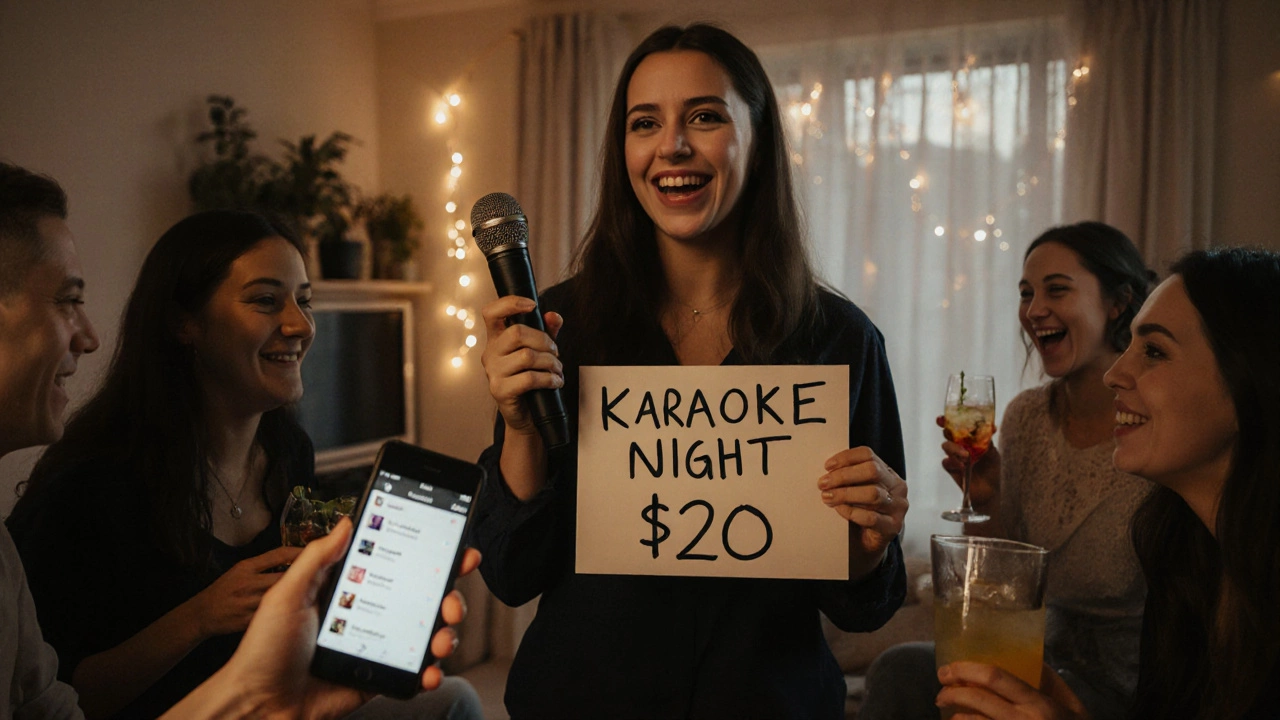
- Oct, 27 2025
- Comments 0
What Does the Maid of Honor Pay For? A Clear Breakdown of Wedding Costs

- Oct, 26 2025
- Comments 0
How Much Should You Budget for a 100‑Guest Wedding?
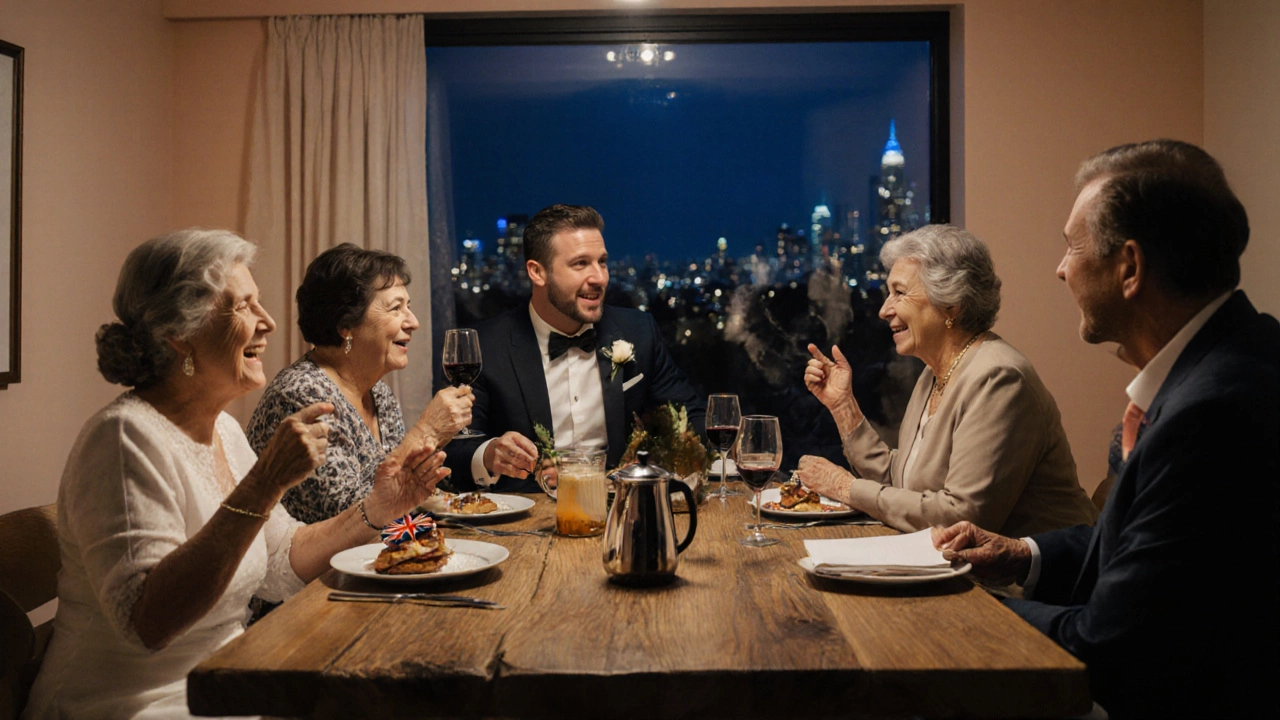
- Oct, 25 2025
- Comments 0
Mother of Groom Hair and Makeup Costs: Who Pays?
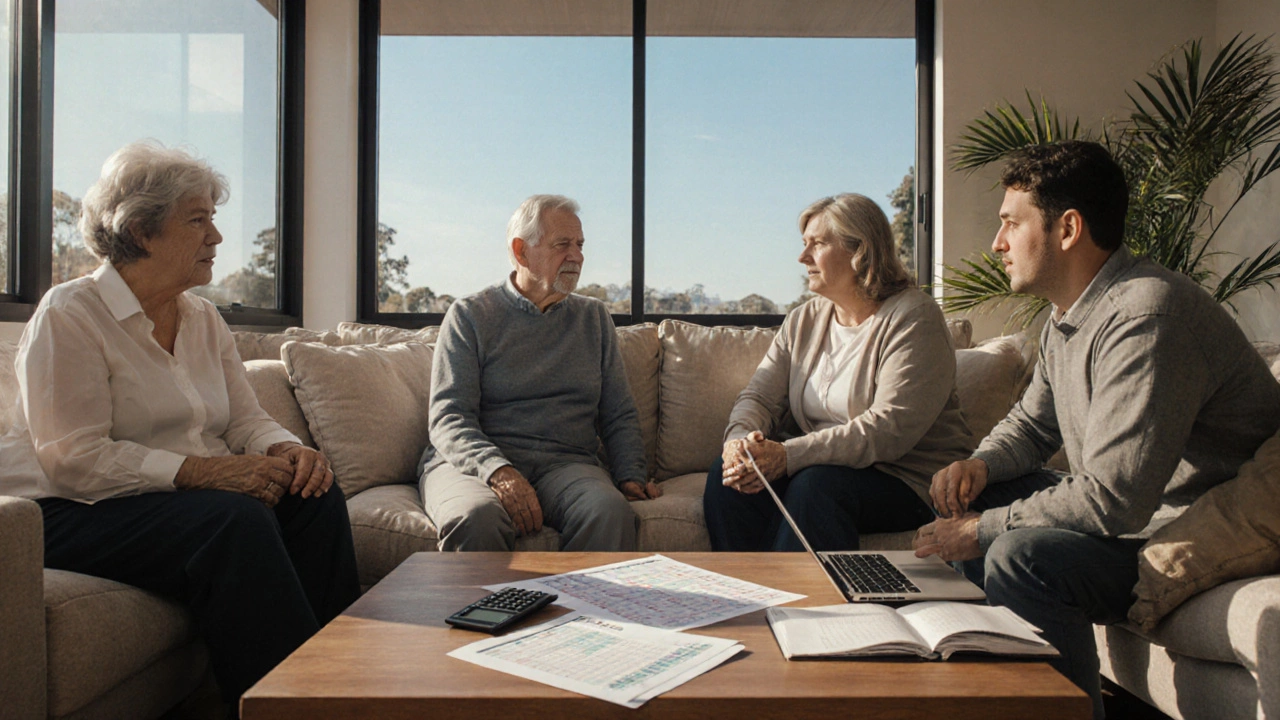
- Oct, 22 2025
- Comments 0
Do Most Parents Pay for Their Kids' Weddings? A Deep Dive into Aussie Wedding Funding
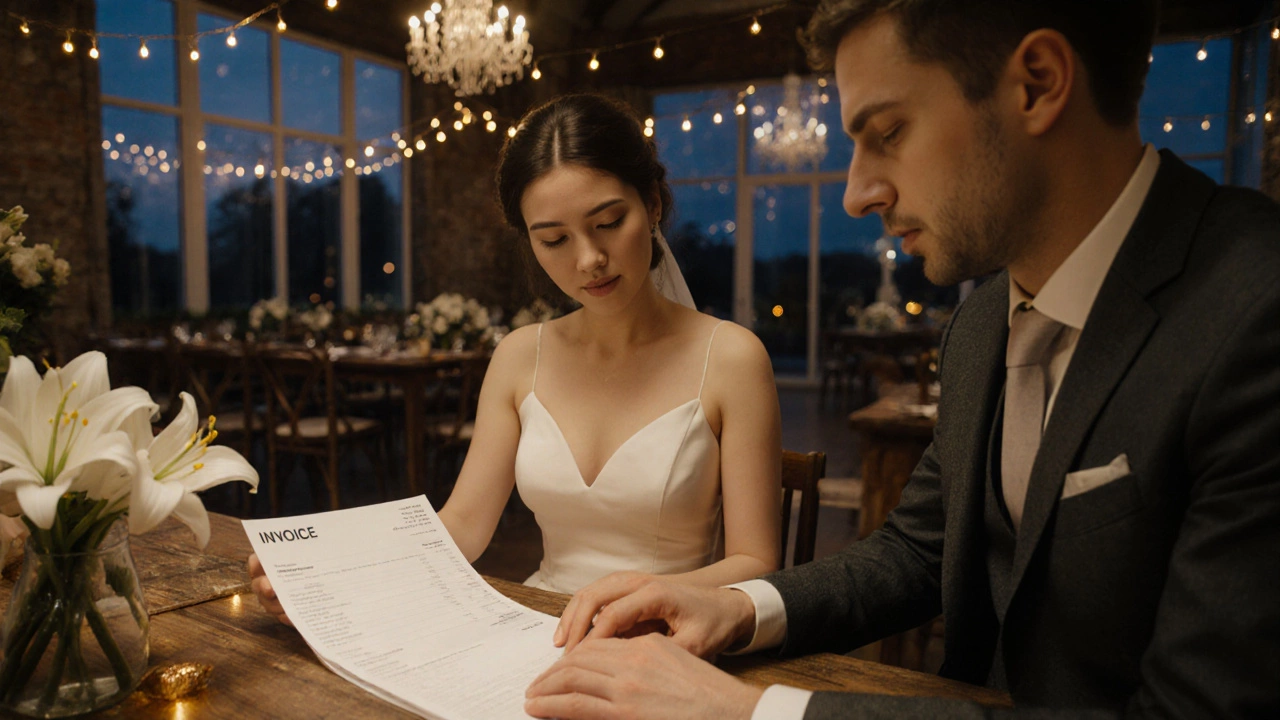
- Oct, 18 2025
- Comments 0
Budget-Friendly Ways to Feed 100 Wedding Guests
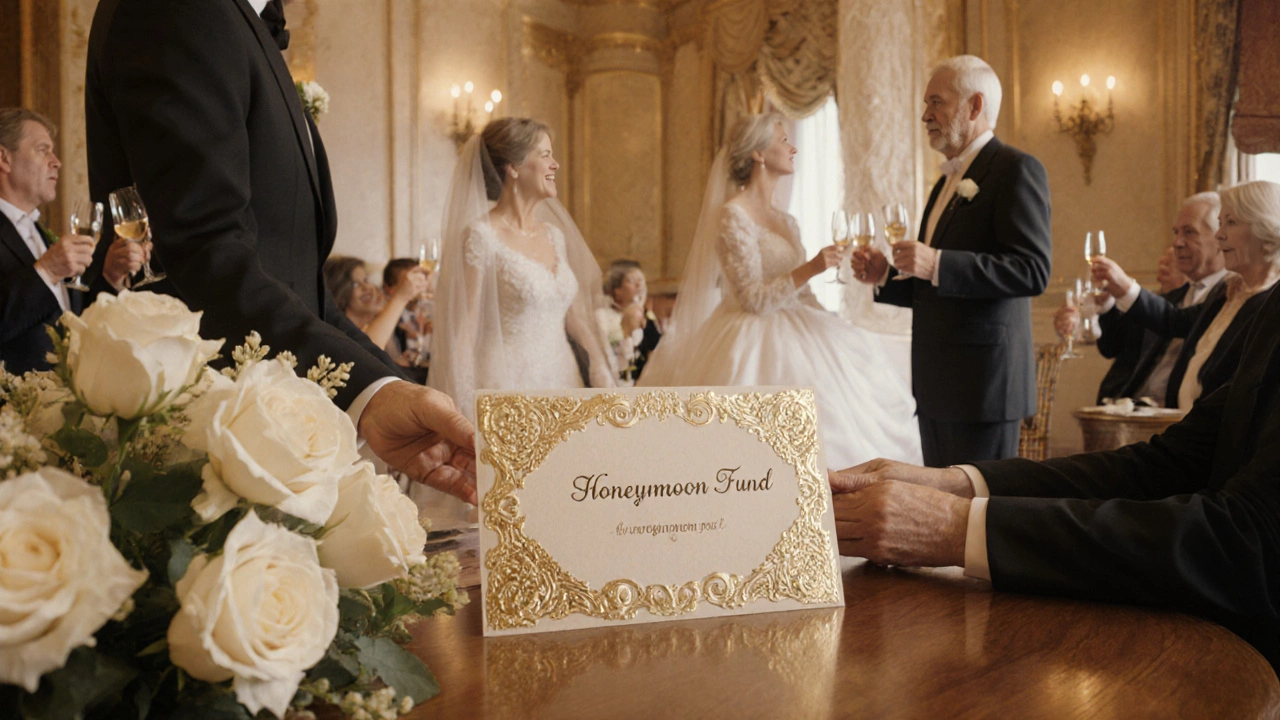
- Oct, 16 2025
- Comments 0
Who Pays for the Honeymoon? Common Traditions & Tips

- Oct, 14 2025
- Comments 0
What Groom’s Parents Typically Pay for - Wedding Cost Breakdown
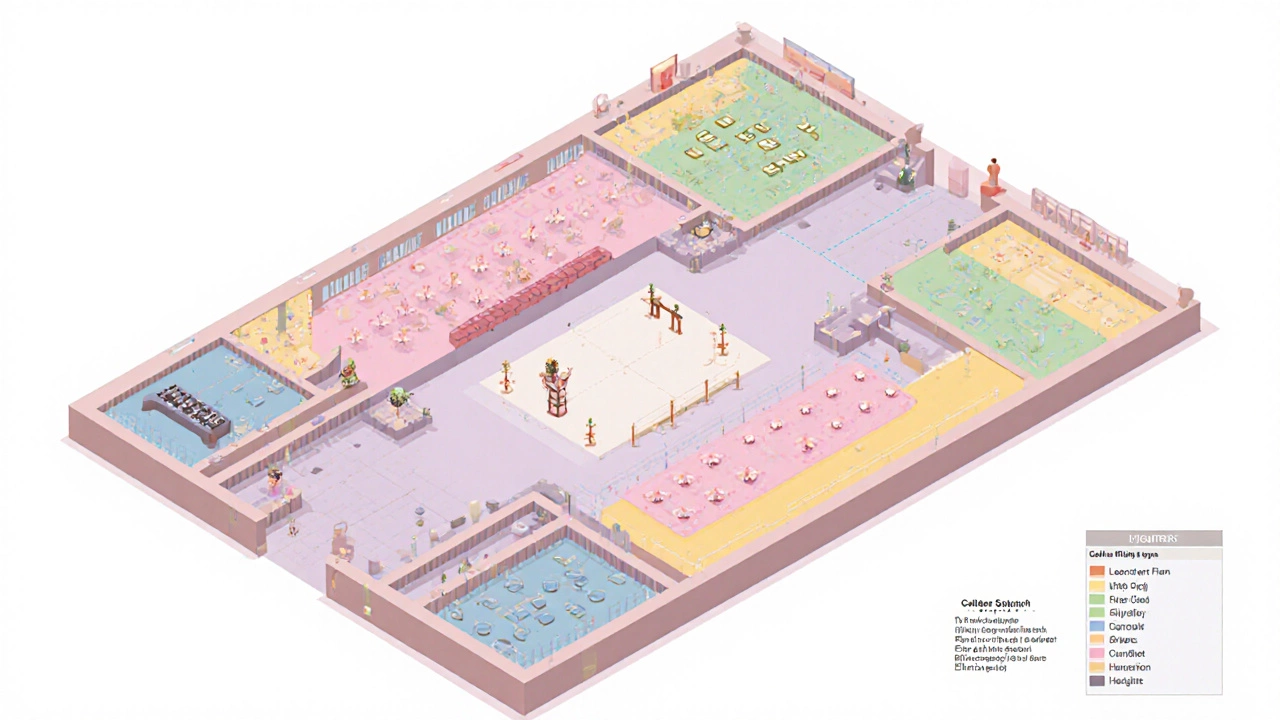
- Oct, 13 2025
- Comments 0
Designing the Perfect Wedding Layout: A Step‑by‑Step Guide
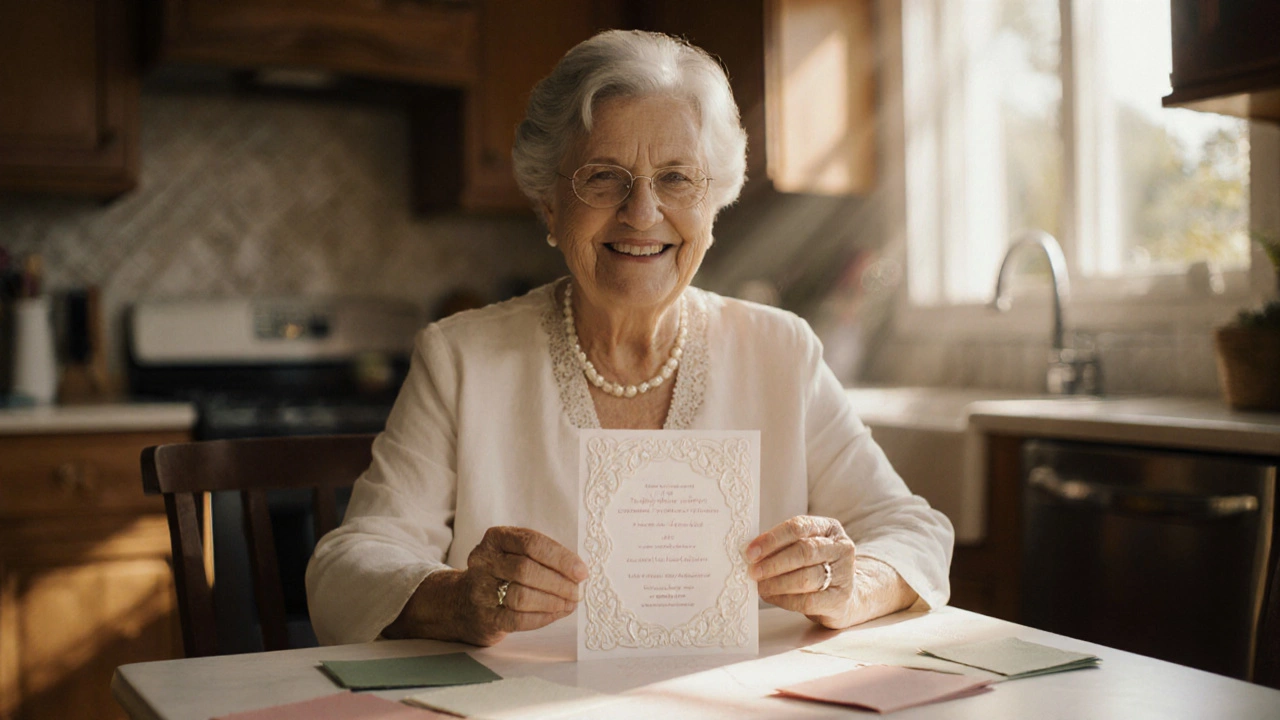
- Oct, 10 2025
- Comments 0
Mother of Groom Dress Color Guide: What to Wear to a Wedding

- Oct, 9 2025
- Comments 0
Realistic Wedding Cost Guide for Australian Couples
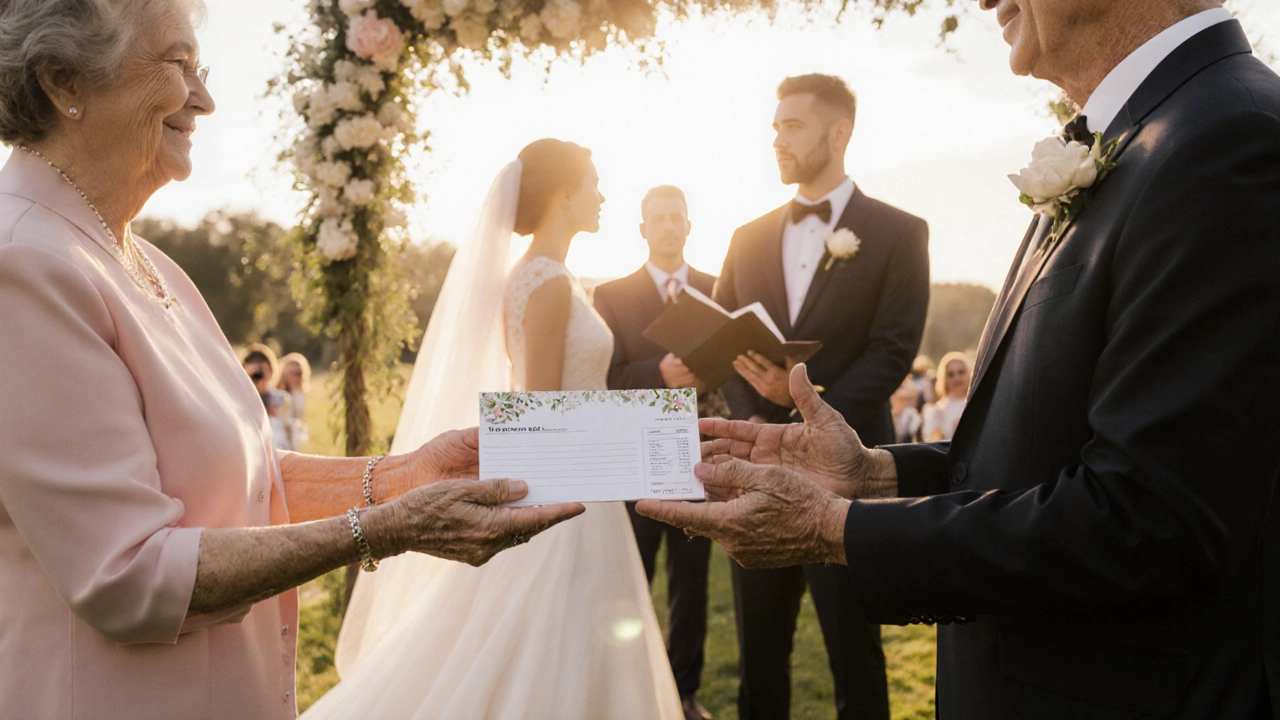
- Oct, 8 2025
- Comments 0